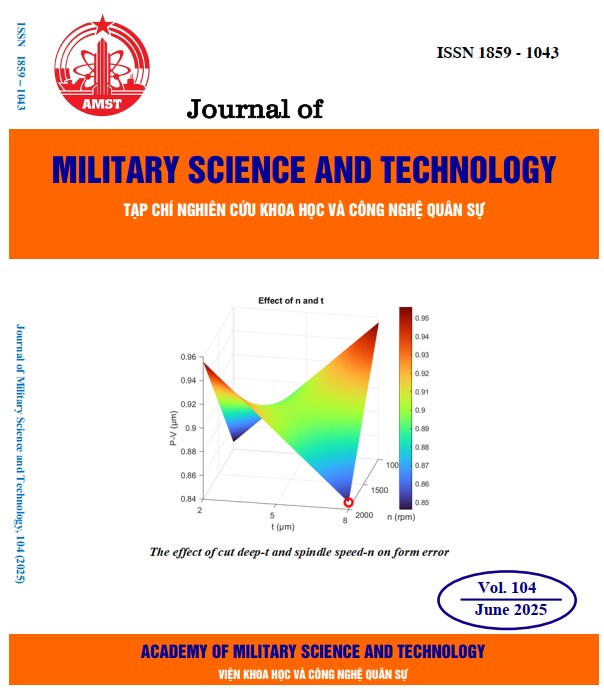Research on a sealing solution using O-rings in the design and manufacture of underwater observation devices
300 viewsDOI:
https://doi.org/10.54939/1859-1043.j.mst.104.2025.122-129Keywords:
Sealing solution; O-rings; Underwater observation devices.Abstract
This paper presents a comprehensive study on the design of pressure-resistant seals for underwater observation devices operating in seawater environments. The unique challenges posed by seawater, including its high salinity and corrosive elements, necessitate innovative material selection and precise engineering techniques to ensure the durability and efficiency of the seals. This research focuses on identifying corrosion-resistant elastomers and coatings suitable for withstanding high pressures and temperature fluctuations in the harsh marine environment. Additionally, the study delves into the impact of meticulous assembly practices on the long-term performance and reliability of the sealing components. The research team calculated and designed a prototype of the underwater observation device's shell and successfully conducted a water pressure test at a depth of up to 80 meters. The sealing limit primarily depends on the mechanical properties of the gasket material. When using metal gaskets, the sealing limit can reach up to 5000 psi, equivalent to a depth of 3400 meters, which is also the current testing equipment limit.
References
[1]. Robert Flitney, “Seals and Sealing Handbook 6th edition,” Butterworth-Heinemann, (2014).
[2]. Leonard J. Martini, “Practical Seal Design,” Routledge, (1984).
[3]. Leonard J. Martini, “Seals for the Ocean Environment,” PN, (1972).
[4]. “The Parker O-Ring Handbook ORD 5700,” Parker Hannifin Corporation, (2021). DOI: https://doi.org/10.1016/S1359-6128(21)00344-X
[5]. C.L. Zhou et al., “Finite element analysis of sealing performance of rubber D-ring seal in high-pressure
hydrogen storage vessel,” J. Fail. Anal. Prev. 18, 846–852 (2017). DOI: https://doi.org/10.1007/s11668-018-0472-y
[6]. T. He et al., “Analysis on performance of sealants for large carbon steel flange O-ring leakage blocking with pressure,” Chem. Propel. Polym. Mater. 5, 82–85 (2017).
[7]. S. Cao et al., “Numerical analysis of seal structure of underwater glider in deep sea environment,” Lubr. Seal. 45, 56–60 (2020).
[8]. L.N. Qiao et al., “Three-dimensional finite element analysis of O-ring metal seals considering vary-ing material properties and different seal diameters,” Inter. J. Press. Vessels Pip. 176, 103953 (2019). DOI: https://doi.org/10.1016/j.ijpvp.2019.103953
[9]. P. Davies et al., “Testing of nitrile rubber joints for a deep submergence vehicle,” Polym. Test. 90, 106630 (2020). DOI: https://doi.org/10.1016/j.polymertesting.2020.106630
[10]. “Visual inspection guide for rubber elastromeric o-ring,” MIL-STD-413C, (1980).
[11]. Nguyen Ngoc Tuan, “Xu thế phân bố nhiệt độ nước biển tầng mặt vùng Biển Đông từ dữ liệu viễn thám,” The National Conference on GIS Application, (2022) (in Vietnamese).







